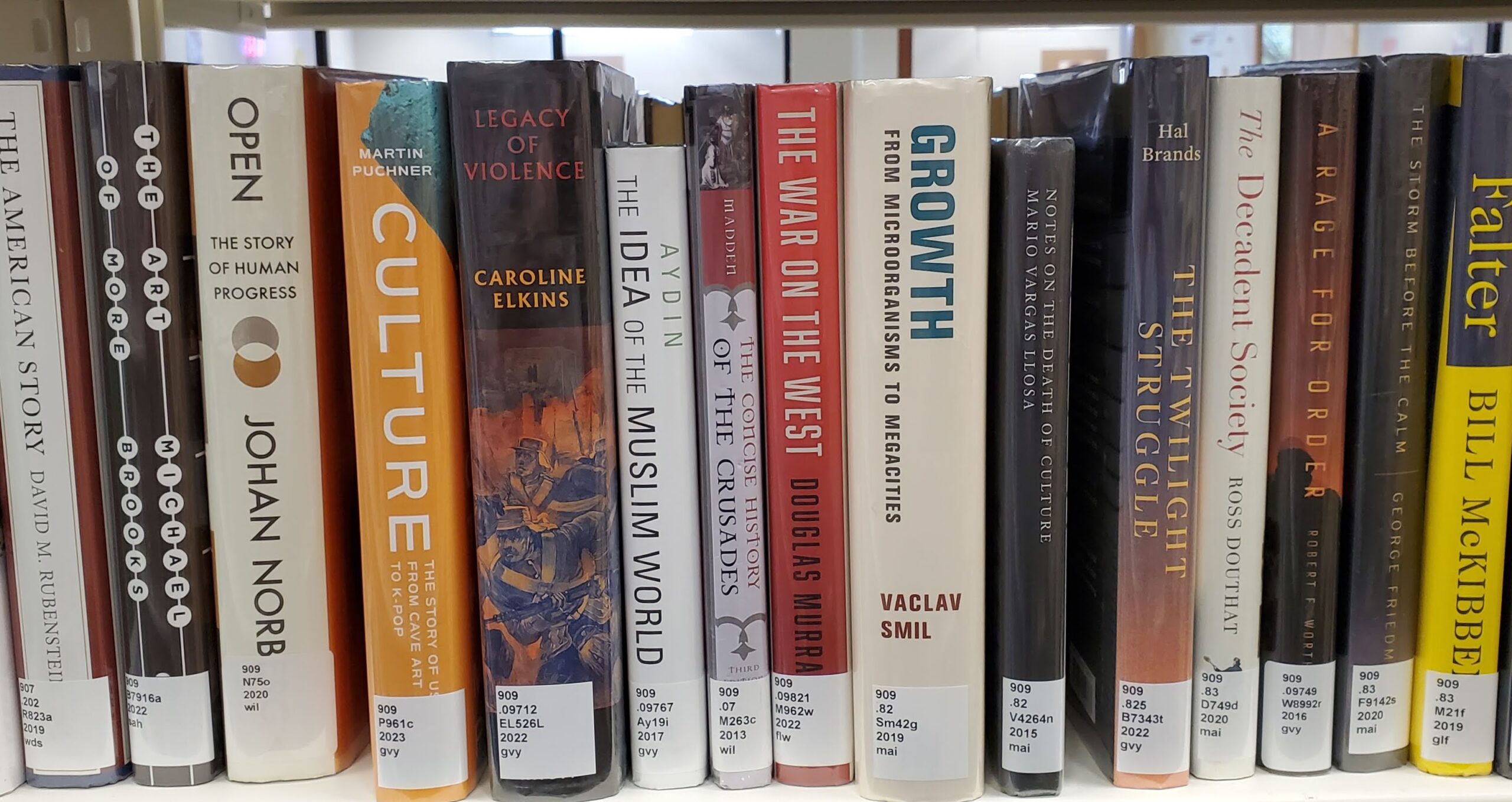What I’ve been reading in 2024
As Desert Dispatch prepares to relocate its southwestern regional office to a new, more expansive suite (read: we’re moving into a townhouse), yours truly has been feeling a little more pressed for time. As such, your fearless writer has been scrambling for time to prepare each week’s pair of newsletters. So, this one will be shorter and possess a little less polish.
I’m also using the move as an opportunity to try out a new posting concept. The idea is that once a month or so, I’ll send out a newsletter that will be a curated digest of what those in (and adjacent) to desert dispatch have been reading, viewing, and listening to. Something a little fun and easy to read, a chance to maybe even find something new.
Some readers know I’ve been crawling my way through K-Punk: The Collected and Unpublished Writings of Mark Fisher. There’s a lot there worth reading in it, although, when it comes to consolidating someone’s old blog posts into a single volume, your mileage may vary. Fisher was an interesting thinker and writer, and someone who never seemed afraid to tackle a topic – whether it be musings on Batman films, the works of JG Ballard, an underground punk band, or even communism. We would mostly call him a culture critic and philosopher, but he seemed able to write about a topic in a way that was less straightforward than a mere review or explanation. He used whatever his essay was about as a jumping off point to explore and tackle other things. There is a fusion going on in his work that makes for a challenging, if usually worthwhile, read. That said, I was getting bogged down in the section on his musical writings and skipped over them after several (very heroic) attempts on my part. Sorry, Mark.
Where I have been spending a lot of my down time recently is in reading magazines; not online magazines, but the paper-and-staples kind. There are a few used bookstores around here that sell donated magazines for no more than .50¢and even as low as .10¢, which means reading them has never been cheaper.
One article I read that blew me away was Marzio G. Mian’s “Behind the New Iron Curtain: Caviar, counterculture, and the cult of Stalin reborn.” You can find it in the January 2024 edition of Harper’s Magazine. The link above is to the online edition of the article which you can actually read for free – non-subscribers like us get two free articles a month and this one is absolutely worth reading. Mian traveled down the Volga River, and presents us with a colorful and nuanced image of a Russia that is both pro-war and pro-peace, forward-thinking but rooted in the past, atheistic but also devoutly religious, in love with the consumer goods of the West’s Gesellschaft while leaning heavily into its own distinct Gemeinschaft. It’s incredible reading and has some fantastic photography as well. This is one of those stories that, when you read it, you just know it’s going to win awards down the line. It’s so impactful that you should stop reading this blog post and go read Mian’s piece instead. I won’t be offended.
Another story that is well worth reading is to be found in the latest issue of National Geographic. Rebecca Tuhus-Dubrow writes an incredible essay called “Reproductive Revolution.” Her article details the huge advancements made in the reproductive sciences (like IVF and IVG) while also interviewing the families making use of said advancements. It’s an interesting read and one full of charts, graphs, and great photography. One point Tuhus-Dubrow only hints at, but that is integral in understanding the socio-economics behind those who use the latest science to conceive, is that these procedures are costly, time-consuming, and whose success is not guaranteed. One mother interviewed, an airline pilot named Sarah McKnight, spent almost $65,000 in fertility treatments. That kind of outlay guarantees only those above a certain economic threshold can afford to make use of these treatments, meaning for many that human reproduction becomes a game where you have to pay to play. Ironically, the story is locked firmly behind a paywall.
I’ve also been reading through some very old issues of Parabola I picked up in Boulder, CO last year. The content of Parabola has a timeless quality to it, meaning an issue from 2004 is as good as an issue from 2011 is as good as an issue from now. Each issue is full of poetry, essays, reviews, interviews, and even extracts from other works. One volume I particularly enjoyed reading was the Winter 2010-2011 issue on Beauty. It included an interview with philosopher and classicist Peter Kingsley, as well as a review of his new, at the time, book A Story Waiting to Pierce You. Kingsley, as you might know or remember, featured in this blog’s very first long-form essay. He crops up a lot within the Parabola archive, too, but it seems as if a lot of the magazine’s older issues aren’t (yet) digitized.
There are a few more interesting things I’ve read and absorbed from the wider cultural zeitgeist lately, but that’s enough for now.
I have a few essays in the works, including one currently titled “A Theory of Luck”; a joint book review on Stuart Jeffries’ Grand Hotel Abyss; a piece on disability rights and access; and even an essay on something loosely called “modernamancy.” I’m deeply indebted to the guys at Weird Studies for that last one.
If any of you reading have a story you think is waiting to pierce me then, please, let me know!
[This essay first appeared in Desert Dispatch on January 26, 2024.]


Leave a Reply